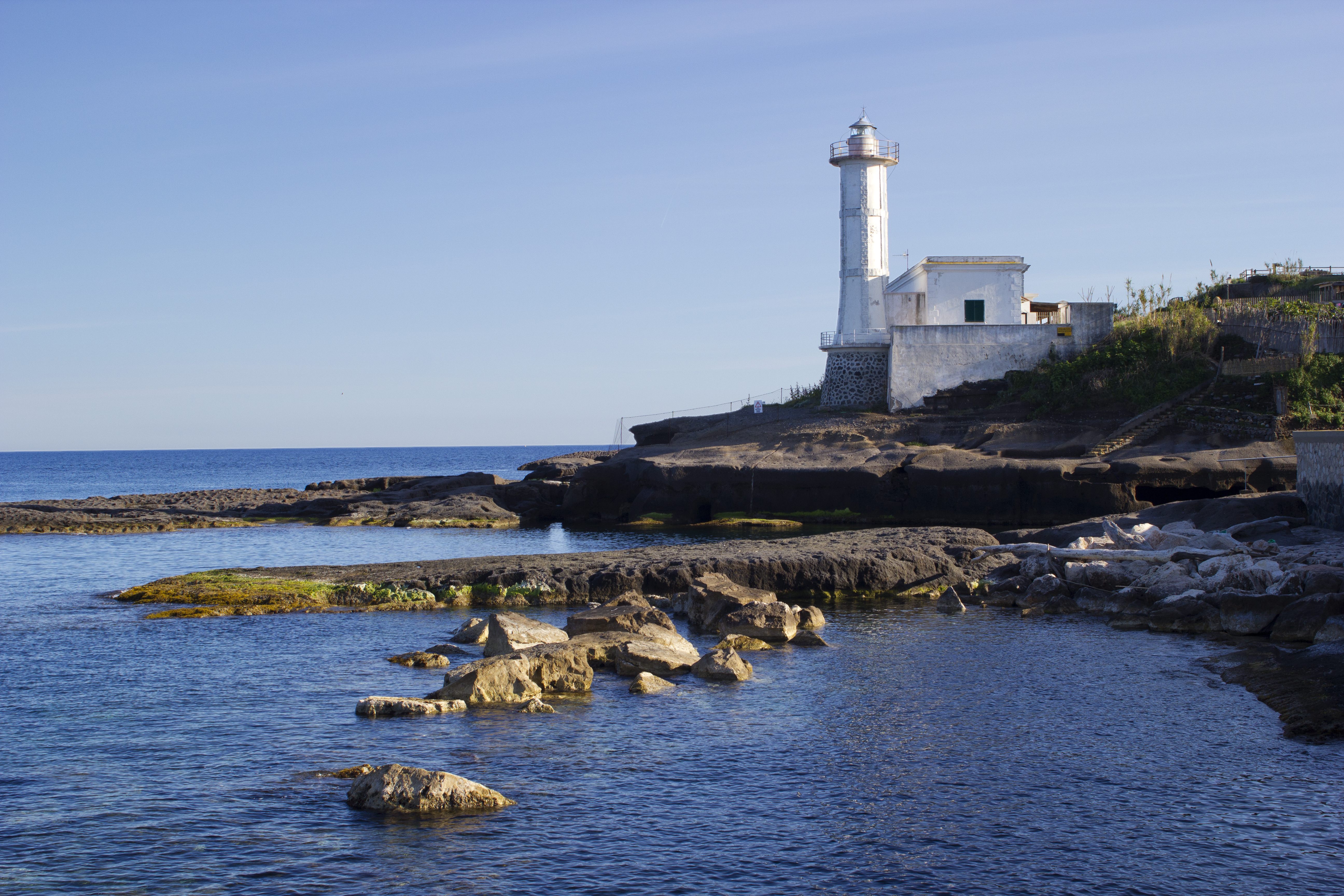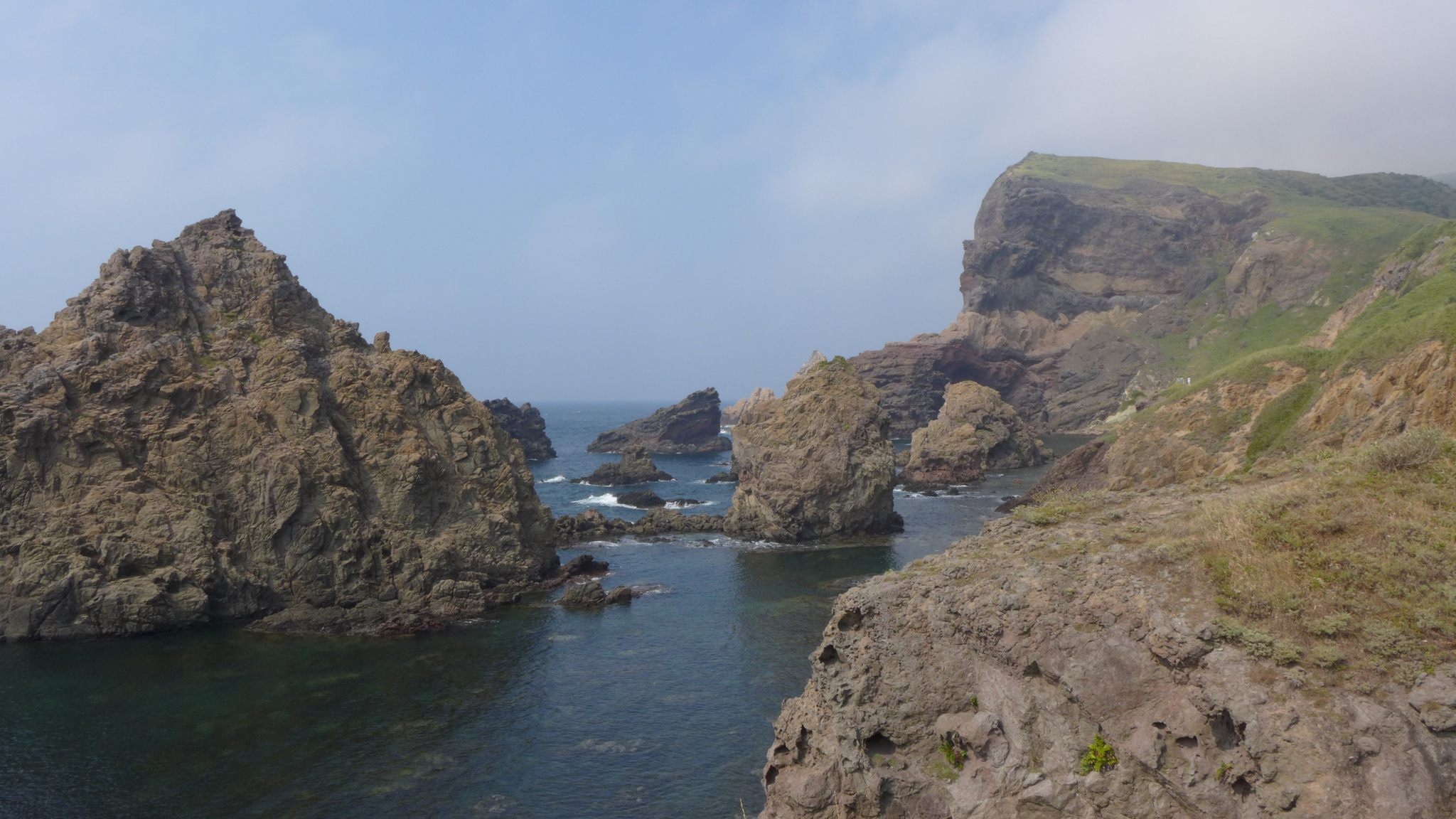Exile off Main Street: 8 Historical Options for Deposed Rulers

Napoleon in exile on Saint-Helene, by Francois-Joseph Sandmann (Photo: Public Domain/WikiCommons)
You’ve just overthrown the leader of your country. Now what? You can’t execute him for risk of stirring up a civil war, and you can’t keep him around for fear he’ll regain power. In the past the most politically expedient option would have been exile, sending your former supreme commander to a terrifyingly isolated spot many miles away from civilization where his influence would ebb away as he lived an unremarkable, uncomfortable and unmartyred life.
However in recent years the punishment of exile has lost some of its sting. As countries’ fortunes have become increasingly intertwined and Swiss bank accounts evermore accessible, a toppled despot is as likely to end up in a luxurious apartment in Saudi Arabia as on the storm-tossed, god-forbidden promontory he deserves. But, still, should one be looking for a spot to send a deposed despot, let us explore some of history’s greatest points of exile.
1. Traditional Exile (Anywhere that is not Athens)
In ancient Greece exile was perceived as the ultimate penalty. So tightly bound were people’s lives with the city of their birth that being cast out from and denied your city’s gods’ protection was akin to a death sentence. The exile couldn’t hope to be accepted fully as a citizen in another place and in the words of the orator Antiphon, became “a beggar in a strange land, an old man without a city.”
At least that was the theory. One of the earliest recorded exiles was the 6th Century BC tyrant, Peisistratos, who was banished to northern Greece by his enemies in Athens. Rather than wandering like a beggar in a strange land, Peisistratos raised an army of mercenaries, defeated the Athenian forces, and returned himself to power.
Modern-day equivalent: Terminal 1, Charles De Gaulle airport, where the passport-less Mehran Karimi Nasseri was forced to live for 17 years because he could not leave without travel documents.

An aerial view of Gyaros Island, Greece (Photo: Olaf Tausch/WikiCommons CC BY 3.0)
2. Craggy Exile (Greek Islands)
Nearly 6,000 islands and islets dot the Aegean and Ionian seas and the Greeks and Romans have been banishing political dissenters to them for millennia. Indeed so many Romans were sent to the islands in ancient times that the Roman poet Juvenal described them as, “rocks crowded with our noble exiles.”
Most infamous as a place of exile was Gyaros, an unpopulated, waterless strip of land, some five miles long by three miles wide that the Roman historian Tacitus described as “harsh and devoid of human culture.”
Modern-day equivalent: Greek islands. Gyaros was recently used to exile leftist political dissidents during the Greek civil war and during the years of the military junta.
 The lighthouse at Ventotene, formerly known as Pandataria. (Photo: CiroA/shutterstock.com)
The lighthouse at Ventotene, formerly known as Pandataria. (Photo: CiroA/shutterstock.com)
3. The Wives and Daughters Exile (Pandataria, Italy)
Lying twenty-five miles off the west coast of Italy, the tiny island of Pandataria (known as Ventotene today) was often used as a place of exile for Romans of distinguished rank. Augustus exiled his own daughter, Julia, there because of her lascivious proclivities. The emperor Tiberius exiled Julia’s daughter, Aggripina, there and ordered her tortured, which led to her starving herself to death. And Nero exiled his wife, Octavia, to the island so he could marry another. When her exile proved unpopular with the masses, Nero had her tied up and her veins opened. Her head was then chopped off and returned to Rome. Pandataria is nowadays a popular destination for holidaying Italians.
Modern-day equivalent: The women-only Luthan Hotel and Beauty Spa in Riyadh, where all female guests are expected to curl up and dye.
 Princes Islands, Turkey. (Photo: Igor Simanovskiy/shutterstock.com)
Princes Islands, Turkey. (Photo: Igor Simanovskiy/shutterstock.com)
4. The Commuter Exile (The Princes’ Islands, Turkey)
In the Sea of Marmara, twenty kilometers off the coast of Istanbul lie the Princes’ Islands, so-called because they were once the place of exile for scores of deposed Byzantine princes, archbishops and aspirants. The Byzantine empresses Irene and Zoe were exiled to convents on the islands in the ninth century, and the Ottoman sultans later exiled family members there too. Extremely difficult to get to during the winter, the islands provided a place of exile that was far enough way from the capital to diffuse any political influence, and close enough that continuing troublemakers could be dispatched without too much trouble.
Modern-day equivalent: Guantanamo Bay: close enough for regular interrogations, far enough for plausible deniability of U.S. and international law.
 The Emperor Go-Toba, who was exiled to the Oki Islands in the 12th century. (Photo: Public Domain/WikiCommons)
The Emperor Go-Toba, who was exiled to the Oki Islands in the 12th century. (Photo: Public Domain/WikiCommons)

Nishinoshima Island, which forms part of the Oki Islands. (Photo: GanMed64/flickr)
5. The Creative Exile (Oki Islands, Japan)
The volcanic Oki islands located some forty kilometers off the Japanese coast in the Sea of Japan have played host to over 2,000 exiled nobles since the 12th Century AD including two emperors. The first of these was the 82nd Emperor of Japan, Go-Toba, who had ascended to the Chrysanthemum Throne at the age of three in 1183 and had been forced to abdicate by the time he turned fifteen. He was exiled to these remote but hospitable fishing islands where he wrote poetry and even invented a unique form of bullfighting in which two bulls lock horns and battle each other like bovine sumo wrestlers.
Modern-day equivalent: Going on vacation without your cell phone and awakening untold creative depths.
 Illustration from 1872 of “The Man In The Iron Mask.” (Photo: Public Domain/WikiCommons)
Illustration from 1872 of “The Man In The Iron Mask.” (Photo: Public Domain/WikiCommons)
 The Fort at Ile St Marguerite. (Photo: Qypchak/WikiCommons CC BY-SA 3.0)
The Fort at Ile St Marguerite. (Photo: Qypchak/WikiCommons CC BY-SA 3.0)
6. Exile Within an Exile (Ile Sainte Marguerite, France)
This tiny island lies just half a mile off the shore of Cannes in the South of France, but it was here in the late 17th century that the prisoner known as The Man in the Iron Mask was held, an exile not just from the mainland but from all human recognition. It was Voltaire who first floated the idea that the prisoner was the older, illegitimate brother of Louis XIV. The writer Alexandre Dumas extrapolated this further, writing in his essay, “The Man in the Iron Mask”, that the very fact that the man was not executed but surrounded with “numberless precautions and such sleepless vigilance” made it almost certain he was an exiled noble.
Modern-day equivalent: Wearing the Oculus Rift virtual reality headset without batteries.
 The Andaman Islands. (Photo: Venkatesh K/WikiCommons CC BY 2.0)
The Andaman Islands. (Photo: Venkatesh K/WikiCommons CC BY 2.0)
7. The Journey as Exile (The Andaman Islands, Myanmar)
For his part in the failed Indian Rebellion of 1857, Bahadur Shah Zafar, the last Mughal Emperor, was exiled to Rangoon in Burma. However his family members suffered a worse fate, being exiled to the Andaman Islands hundreds of miles from the Indian shore. This exile proved particularly horrible because in Hindu culture there is a taboo about travelling across the ocean known as the Kala Pani (“black water”). Any righteous Hindu who separates themselves from the waters of the Ganges is said to lose their caste status. Thus traveling across the ocean was as feared as the exile at journey’s end.
Modern-day equivalent: The China National Highway 110 traffic jam of 2010, that stretched for 62 miles and lasted for twelve days.

The volcanic coastline ot Saint Helena. (Photo: Darrin Henry/shutterstock.com)
8. Remote Exile (Saint Helena, British territory)
The quintessential place of exile, Saint Helena is over 1,000 miles from both Africa and South America, and over 700 miles from the closest island (Ascension Island to the north). Windswept and almost unfathomably secluded it proved the perfect place to confine the emperor Napoleon and prevent him from disturbing the repose of Europe.
Having already escaped from one place of exile—the island of Elba in the Mediterranean—he would not be able to do so here, dying in exile in 1821. But he was not the last exiled leader to end up here. King Dinuzulu of the Zulu nation was also exiled to St Helena in 1890 for high treason against the British. Unlike Napoleon, King Dinuzulu took to his confinement extremely well, taking part in the Island Games—most notably the tug-of-war—and learning to play the piano.
Modern-day equivalent: Outer space.



Follow us on Twitter to get the latest on the world's hidden wonders.
Like us on Facebook to get the latest on the world's hidden wonders.
Follow us on Twitter Like us on Facebook